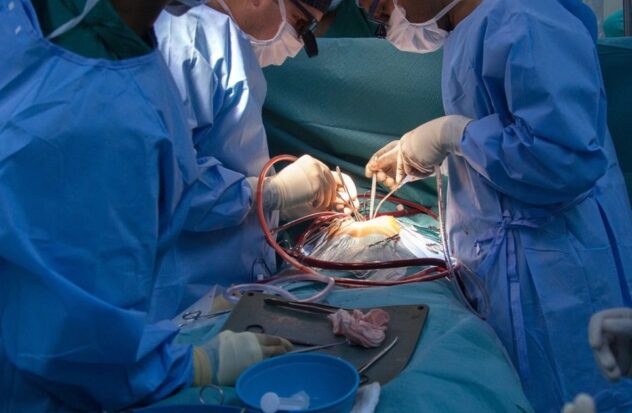MIAMI.- The World Day of Patients Transplanted is June 6. This is an anniversary promoted by the World Health Organization (OMS) in 2006.
The objective is to raise awareness about the need that millions of people, who suffer from chronic or terminal illnesses, have to access a transplant. A transplant is the surgical procedure to replace a diseased organ or tissue with another that functions properly.
“The transplant of cells, human tissues or organs saves many lives and restores essential functions when there are no alternatives of comparable effectiveness,” says the WHO.
Likewise, the organization points out that transplantation has become a successful practice throughout the world. “However, there are large differences between countries in access to adequate transplants and in the level of safety, quality and effectiveness of donation and transplantation of human cells, tissues and organs,” he points out.
It is considered that a giving It can save the lives of eight people and the new organ can connect to other blood vessels. The WHO notes that, despite the frequent use of materials donated by deceased donors, “donations from living donors are necessary for some types of transplants or to compensate for the limited supply of material available from deceased donors.”
Types of patients
Los patients Those who require a transplant have different conditions. Some require organ transplants, including kidneys, liver, lungs, pancreas, corneas, heart, bones, and digestive tract.
Others need tissue transplants, which include bone marrow and endocrine cells. Although transplants save lives, there are also risk factors derived from the difficulty that some surgical procedures represent and the high possibility of rejection of the implanted organs.
@snederr
Source: WHO/International Day Portal

